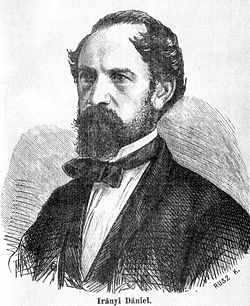This article needs additional citations for verification .(May 2022) |
| |||||||||||||||||||||||||||||||||||
All 430 seats in the Diet 216 seats needed for a majority | |||||||||||||||||||||||||||||||||||
|---|---|---|---|---|---|---|---|---|---|---|---|---|---|---|---|---|---|---|---|---|---|---|---|---|---|---|---|---|---|---|---|---|---|---|---|
| |||||||||||||||||||||||||||||||||||
Parliamentary elections were held in Hungary in 1861. The Address Party won a majority of the seats. All the representatives elected in single-member districts. [1]



